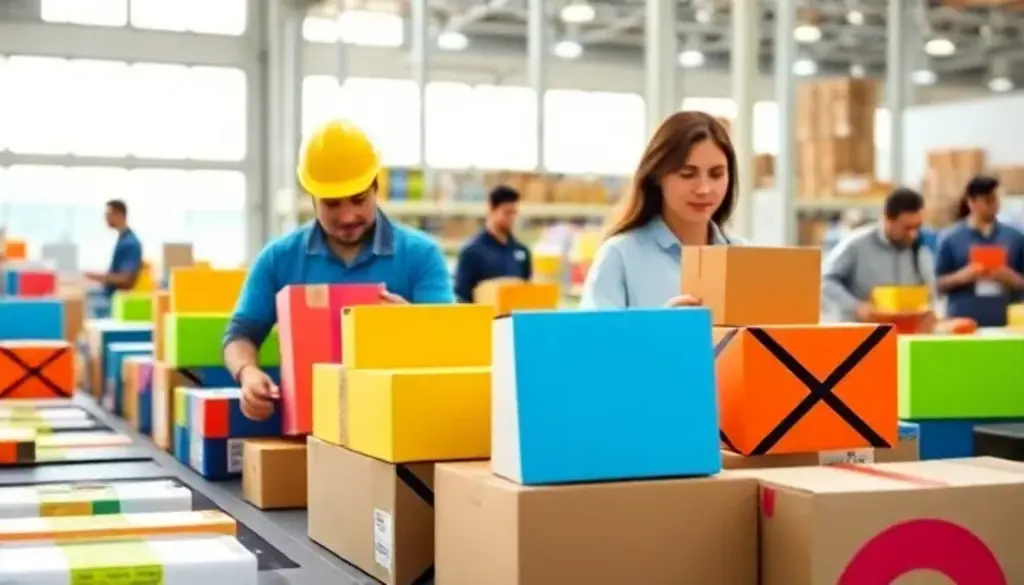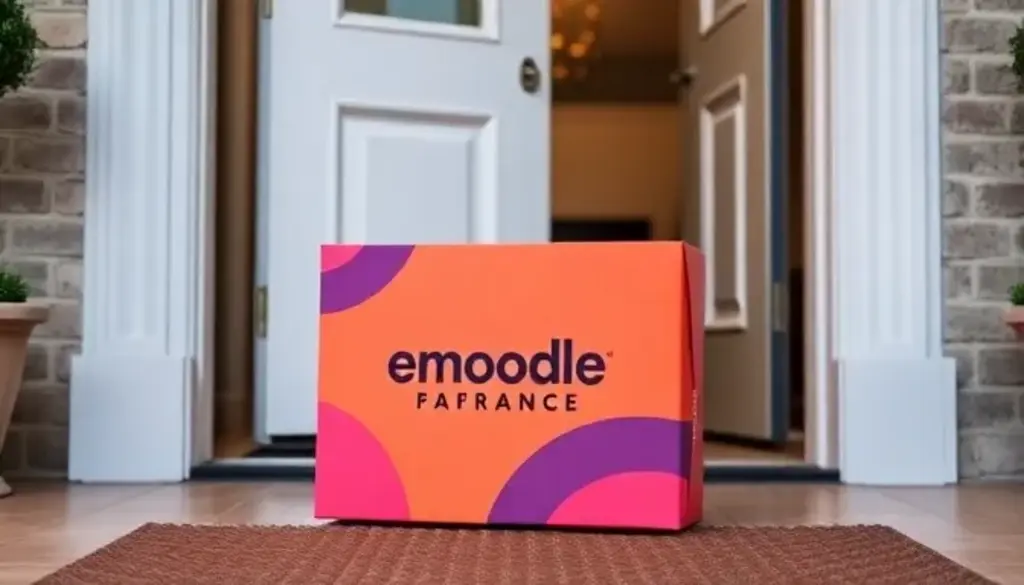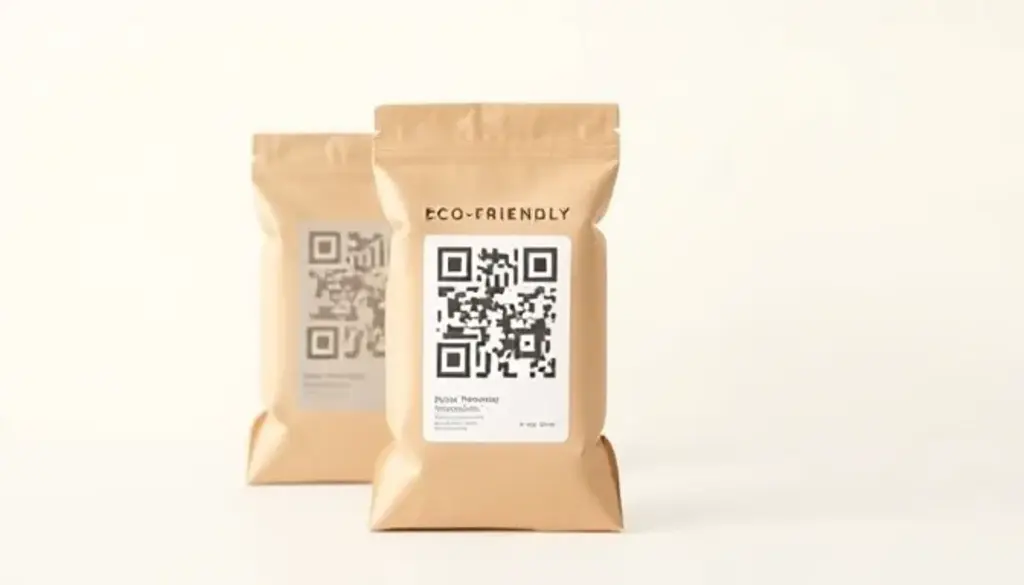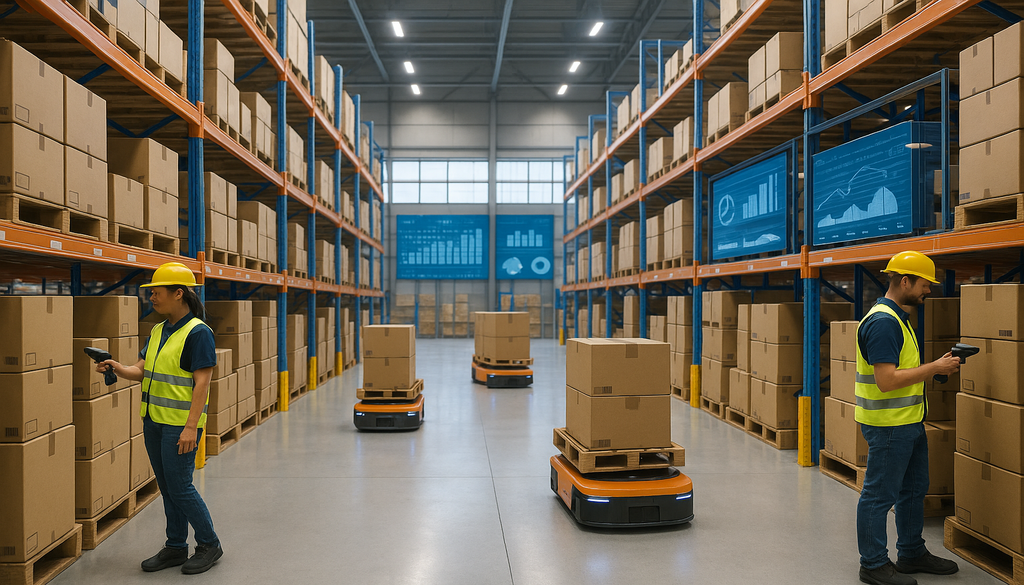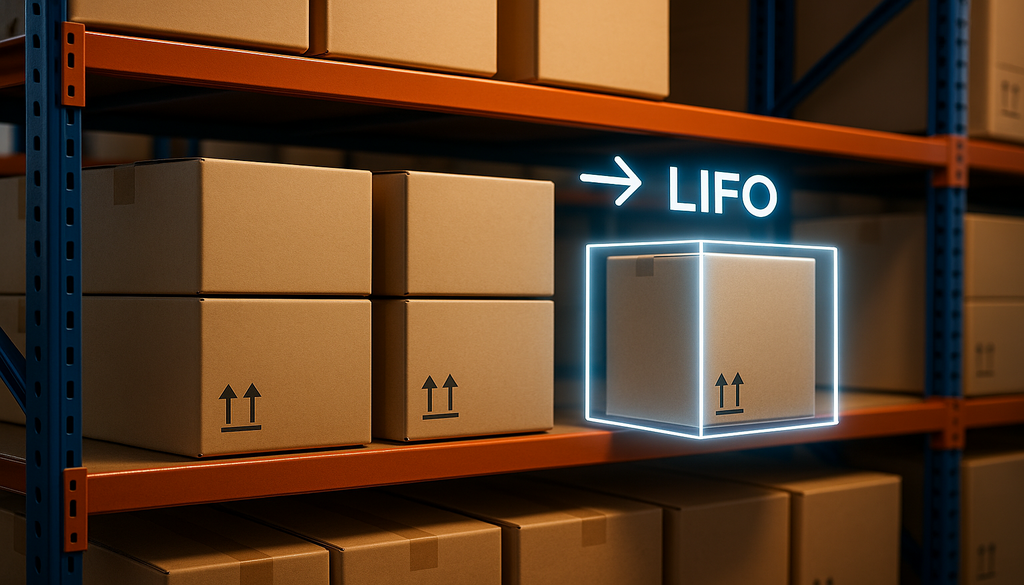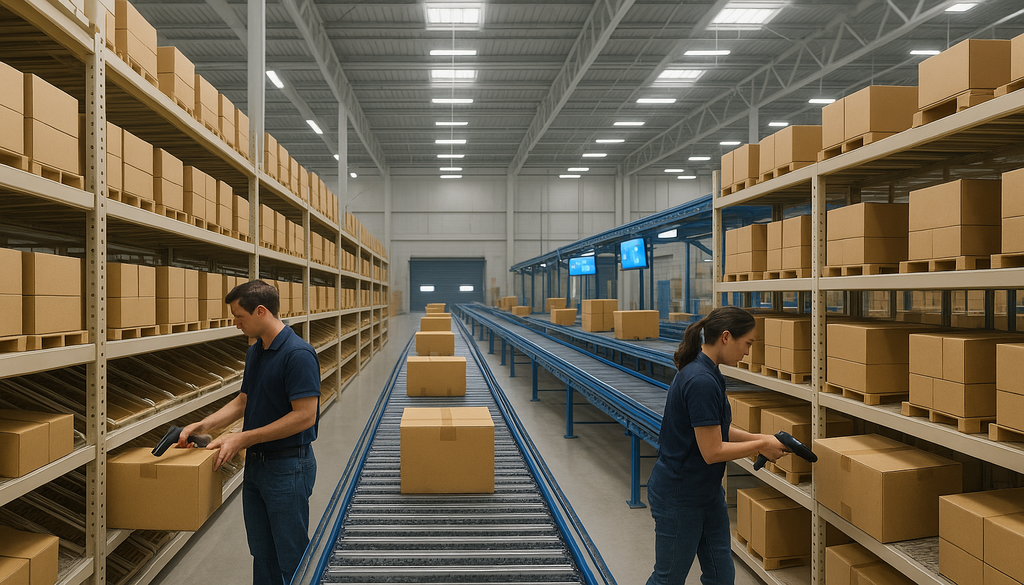Enhancing E-Commerce Success with Branded Packaging: Strategies and Benefits
In the competitive world of e-commerce, where first impressions are often made online, branded packaging emerges as a powerful tool to distinguish your business. Beyond its primary function of protecting products, branded packaging plays a crucial role in enhancing customer experience and reinforcing brand identity. This article delves into effective strategies and the diverse benefits of using branded boxes in e-commerce, providing insights that can transform your business approach.
The Role of Branded Packaging in E-Commerce
Branded packaging has become an integral part of the digital marketplace, serving as a tangible touchpoint between online retailers and their customers. In a space where physical interaction is limited, the packaging is often the first physical contact a customer has with a brand. This makes it a critical component of an e-commerce packaging strategy. By investing in branded boxes for e-commerce, businesses can create a cohesive brand experience that starts from the moment a customer receives their package.
The significance of branded packaging extends beyond aesthetics. It communicates the brand’s values, enhances perceived product value, and can even influence customer satisfaction. For instance, a study by Dotcom Distribution found that 40% of consumers are likely to make repeat purchases from an online merchant that delivers premium packaging. This highlights the importance of integrating branded packaging into your overall e-commerce strategy to foster brand loyalty and drive sales.
Key Benefits of Branded Packaging for Online Stores
One of the primary benefits of branded packaging is its ability to enhance brand recognition and customer loyalty. When customers receive a package that is thoughtfully designed and branded, it leaves a lasting impression that can lead to increased brand recall. This is particularly important in a crowded market where differentiation is key. Branded packaging serves as a silent ambassador for your brand, reinforcing your identity with every delivery.
Improving the unboxing experience is another significant advantage. The unboxing experience has become a cultural phenomenon, with countless videos shared on social media platforms. A well-designed package can turn a mundane task into an exciting event, encouraging customers to share their experiences online, thereby increasing your brand’s visibility. According to a study by Dotcom Distribution, 52% of consumers are likely to make repeat purchases if they receive products in premium packaging, underscoring the impact of a memorable unboxing experience.
Designing Effective Branded Packaging
Creating effective branded packaging involves balancing aesthetics with practicality. The design should be visually appealing while also functional, ensuring that the product is protected during transit. Elements such as color, typography, and imagery should align with your brand identity to create a cohesive look. Custom packaging for online stores allows businesses to tailor their designs to reflect their unique brand personality, enhancing customer experience with packaging that is both attractive and practical.
Functionality should not be overlooked in the pursuit of aesthetics. Packaging must be easy to open, reseal, and dispose of, providing convenience to the customer. Additionally, incorporating sustainable materials can enhance brand perception, as more consumers are becoming environmentally conscious. By balancing these elements, businesses can create packaging that not only looks good but also serves its purpose effectively.
Cost Analysis of Branded Packaging Solutions
Investing in branded packaging involves an initial cost, but the long-term benefits often outweigh these expenses. A breakdown of costs reveals that while custom packaging may require a higher upfront investment, it can lead to increased customer satisfaction and loyalty, resulting in higher sales and repeat business. For small to medium enterprises, cost-effective tips include leveraging bulk purchasing, selecting affordable yet sustainable materials, and optimizing design for both attractiveness and functionality.
Understanding the cost of branded packaging is crucial for businesses looking to maximize their return on investment. By carefully analyzing expenses and potential benefits, companies can make informed decisions that align with their financial goals while still enhancing their brand image.
Trends and Innovations in E-Commerce Packaging
The e-commerce packaging landscape is constantly evolving, with new trends and innovations shaping the way businesses approach packaging design. Current trends include the use of sustainable materials, minimalist designs, and interactive packaging that engages customers. As consumers become more environmentally conscious, sustainable branded packaging is gaining traction, with many companies opting for recyclable or biodegradable materials.
Looking ahead, the future of e-commerce packaging is likely to be influenced by advancements in technology and materials. Smart packaging, which incorporates technology such as QR codes and augmented reality, offers exciting possibilities for enhancing customer engagement. By staying abreast of these trends, businesses can ensure their packaging remains relevant and appealing to modern consumers.
Case Studies: Success Stories of Branded Packaging in E-Commerce
Real-world examples of businesses that have successfully implemented branded packaging provide valuable insights into the potential benefits. For instance, a popular cosmetics brand revamped its packaging to include personalized messages and eco-friendly materials. This not only improved customer satisfaction but also increased social media engagement, as customers shared their experiences online.
Another example is a subscription box service that used custom packaging to create a unique unboxing experience. By incorporating elements such as themed designs and surprise gifts, the company was able to enhance customer loyalty and drive repeat purchases. These case studies highlight the importance of innovative packaging strategies in achieving e-commerce success.
Conclusion
Branded packaging plays a pivotal role in the success of e-commerce businesses by enhancing customer experience and reinforcing brand identity. By focusing on innovative packaging strategies, companies can create memorable unboxing experiences that foster brand loyalty and drive business growth. As the e-commerce landscape continues to evolve, staying ahead of packaging trends and investing in effective design solutions will be key to maintaining a competitive edge.
Frequently Asked Questions (FAQ)
Q1: How does branded packaging impact customer retention?
A1: Branded packaging enhances customer retention by creating a memorable unboxing experience that strengthens brand recall and encourages repeat purchases. When customers associate a positive experience with your brand, they are more likely to return for future purchases.
Q2: What are some cost-effective strategies for implementing branded packaging?
A2: Leveraging bulk purchasing, choosing sustainable yet affordable materials, and optimizing design for both attractiveness and functionality are cost-effective strategies. Additionally, collaborating with packaging suppliers to negotiate better rates can further reduce costs.
Q3: How can small businesses benefit from branded packaging?
A3: Small businesses can use branded packaging as a tool to differentiate themselves from competitors, build a strong brand identity, and enhance customer engagement. By creating a unique and memorable packaging experience, small businesses can leave a lasting impression on customers.
Q4: What are the environmental impacts of branded packaging, and how can they be mitigated?
A4: Branded packaging can increase waste, but this can be mitigated by using recyclable or biodegradable materials and designing packaging that encourages reuse. Implementing a take-back program for packaging materials can also help reduce environmental impact.
Q5: Are there any legal considerations with branded packaging in e-commerce?
A5: Yes, businesses must ensure their packaging complies with local and international shipping regulations, trademark laws, and environmental guidelines. It’s important to stay informed about packaging regulations in different markets to avoid legal issues.

